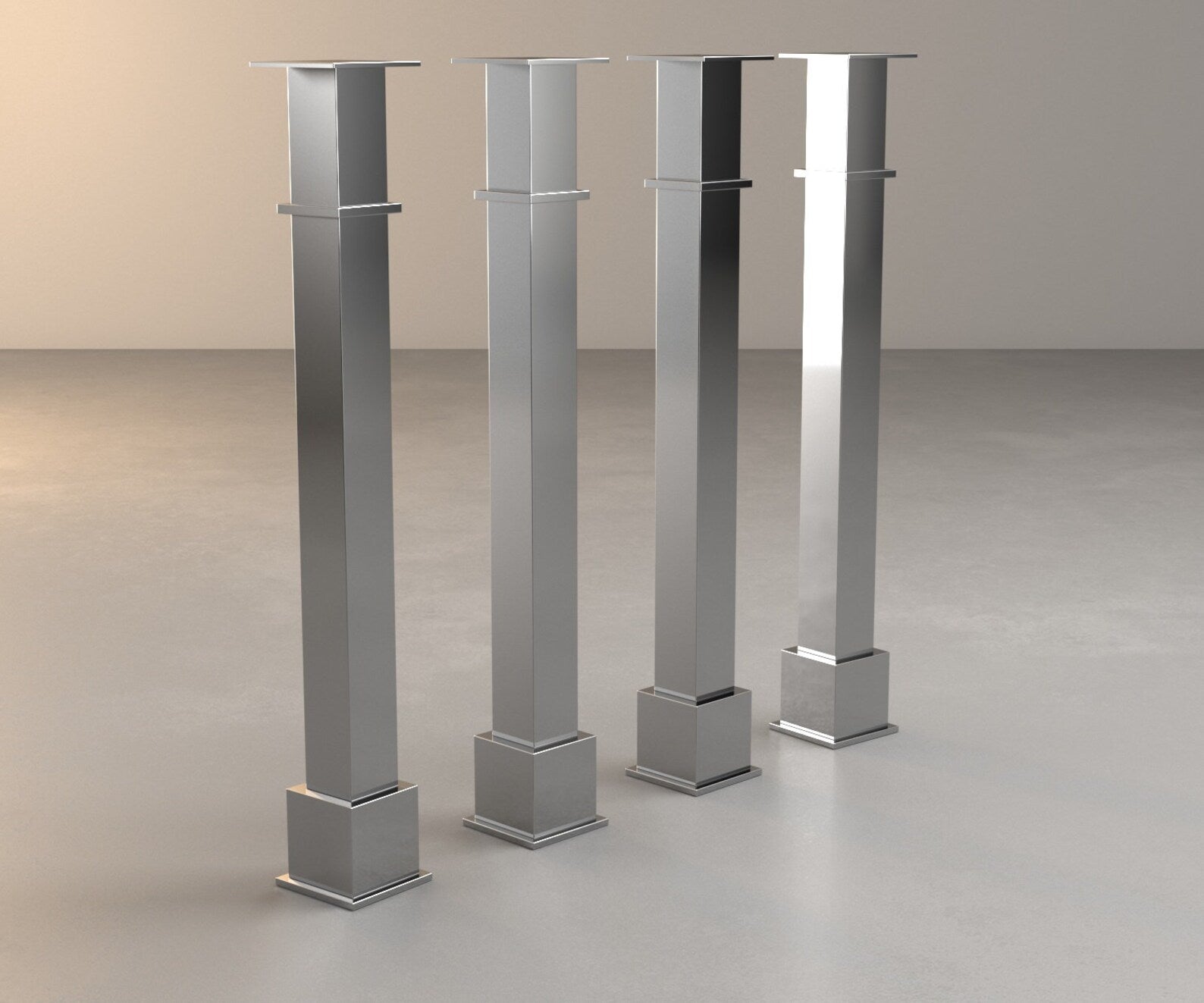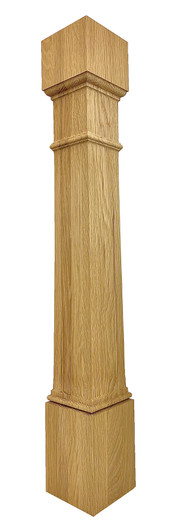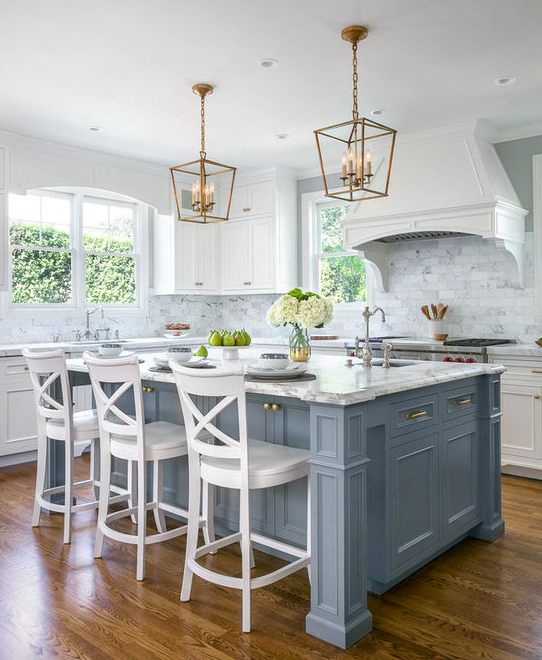How to Mount a Kitchen Island Leg for Maximum Security and Style
How to Mount a Kitchen Island Leg for Maximum Security and Style
Blog Article
The Significance of a Sturdy Kitchen Area Island Leg in Developing a Functional Cooking Location
A durable cooking area island leg works as a fundamental element in establishing a practical food preparation atmosphere, giving essential support for both the counter top and different cooking area activities. The stability it uses can significantly decrease the threat of accidents in high-traffic locations, while likewise adding to the general aesthetic coherence of the space. As kitchen areas progress right into multifunctional locations for food preparation, eating, and mingling, the choice of materials and design considerations for island legs becomes increasingly crucial. Comprehending these elements can transform your kitchen area into a much safer and extra reliable location, motivating additional exploration into the most effective alternatives offered.
Benefits of Sturdy Island Legs
Providing important assistance, tough kitchen area island legs play a critical duty in improving the functionality and toughness of cooking area islands - kitchen island leg. These legs not just birth the weight of the kitchen counter and any type of additional products positioned on the island, however also add to the overall security of the framework. A well-supported kitchen island makes certain that it continues to be practical and upright, also under heavy use, which is specifically essential in busy cooking area environments
Moreover, strong island legs can enhance the aesthetic allure of the kitchen. They give a solid structure that can match numerous design styles, from contemporary to traditional. This convenience enables homeowners to personalize their cooking area islands according to personal taste while making certain that the structural honesty remains uncompromised.
In addition to their encouraging duty, robust kitchen island legs can also improve safety and security. Inevitably, investing in strong kitchen area island legs is essential for a functional and visually pleasing cooking location.
Materials for Kitchen Area Island Legs
When selecting products for kitchen area island legs, toughness and aesthetic charm are crucial variables to take into consideration. The most typical products consist of wood, metal, and engineered timber, each offering distinct benefits.
Hardwood, such as cherry, maple, or oak, is a timeless selection because of its stamina and ageless elegance (kitchen island leg). It can withstand significant weight and is resistant to wear, making it suitable for high-use kitchen atmospheres. Additionally, hardwood can be tarnished or repainted to complement various cooking area styles
Steel legs, usually crafted from stainless-steel or wrought iron, offer a modern-day and industrial look. They are unbelievably strong and can support considerable loads while being immune to wetness and warm, which is advantageous in a cooking area. Steel legs can also be quickly cleansed, boosting their usefulness.

Layout Factors To Consider for Stability
The option of materials for kitchen island legs straight influences the design factors to consider for stability. When developing a cooking area island, it is vital to examine the weight-bearing capability of the chosen materials. Larger products, such as solid timber or steel, usually supply greater stability, specifically under the stress and anxiety of day-to-day usage.
Additionally, the leg design should incorporate correct geometry to boost stability. A wider base enhances the support location, reducing the threat of tipping or tottering. Factor to consider ought to additionally be provided to the height of the legs; out of proportion leg lengths can lead to discrepancy, jeopardizing the general security of the island.
In addition, the distribution of weight across the island is vital. Ensuring that the leg placement straightens with the heaviest parts, such as appliances and counter tops, will certainly better improve security.
Maintenance Tips for Longevity

Depending on the product of the legs-- whether timber, steel, or composite-- suitable cleaning techniques need to be employed. Metal legs may require a light polish to stop corrosion and preserve their gloss.
Furthermore, tightening bolts and screws routinely can ensure security and avoid wobbling. Consider reinforcing the legs with extra brackets or sustains link to improve sturdiness if the kitchen area island experiences hefty usage. Using a protective surface or sealer can safeguard versus moisture and stains, lengthening the lifespan of the legs. By complying with these upkeep tips, house owners can ensure their kitchen island legs continue to be useful and robust for many years to come.
Selecting the Right Leg Style
Normal upkeep ensures that cooking area island legs stay useful and tough, but picking the appropriate leg design is equally vital for both looks and support. The selection of leg style can considerably influence the general layout and consistency of your kitchen.

Performance is an additional essential facet. Thicker legs or those with a durable base can support much heavier countertops and devices, improving the island's utility. Alternatively, slender legs may produce a ventilated appearance, ideal for lighter styles yet potentially much less encouraging.
Verdict
In recap, the relevance of durable kitchen island legs can not be overstated in the creation of a useful food preparation area. These legs offer important support, improve security, and contribute to the total visual of the cooking area.
A strong cooking area island leg offers as an essential component in developing a useful cooking environment, supplying needed assistance for both the counter top and different kitchen area tasks.Supplying vital support, tough kitchen area island legs play a pivotal role in boosting the functionality and resilience of cooking area islands. Inevitably, investing in durable kitchen area island legs is crucial for a practical and visually pleasing cooking location.
Factor to why not try these out consider needs to likewise be given to the height of the legs; out of proportion leg lengths can lead to discrepancy, jeopardizing the total security of the island.
Wooden legs supply warmth and a traditional look, while steel legs supply a commercial and modern feeling.
Report this page